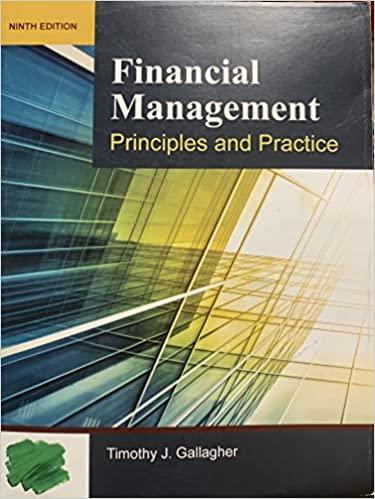Question
Two profit-maximising firms produce differentiated products at no cost and compete in prices. Letting i, j = 1, 2 with i = j, the inverse
Two profit-maximising firms produce differentiated products at no cost and compete in prices. Letting i, j = 1, 2 with i = j, the inverse demand function and the corresponding demand function faced by each firm (i) are:
p(i) = 1200 q(i) (2/3)q(j) and q(i) = (3/5)*(1200 3p(i) + 2p(j))
Suppose that two firms compete for infinitely many periods and agree to both set their price to the monopoly level (p = 600). Moreover, both firms follow a trigger strategy: if one firm deviates from the agreement in period t, the other sets its price to the duopoly equilibrium (p = 300) from period t + 1 to infinity. Let 1 and 2 (with 1, 2 [0, 1]) be the discount rates of firms 1 and 2, respectively. For what values of 1 and 2 is the collusive agreement sustainable?
(Bertrand model was used to determine the equilibriums)
Step by Step Solution
There are 3 Steps involved in it
Step: 1

Get Instant Access to Expert-Tailored Solutions
See step-by-step solutions with expert insights and AI powered tools for academic success
Step: 2

Step: 3

Ace Your Homework with AI
Get the answers you need in no time with our AI-driven, step-by-step assistance
Get Started


